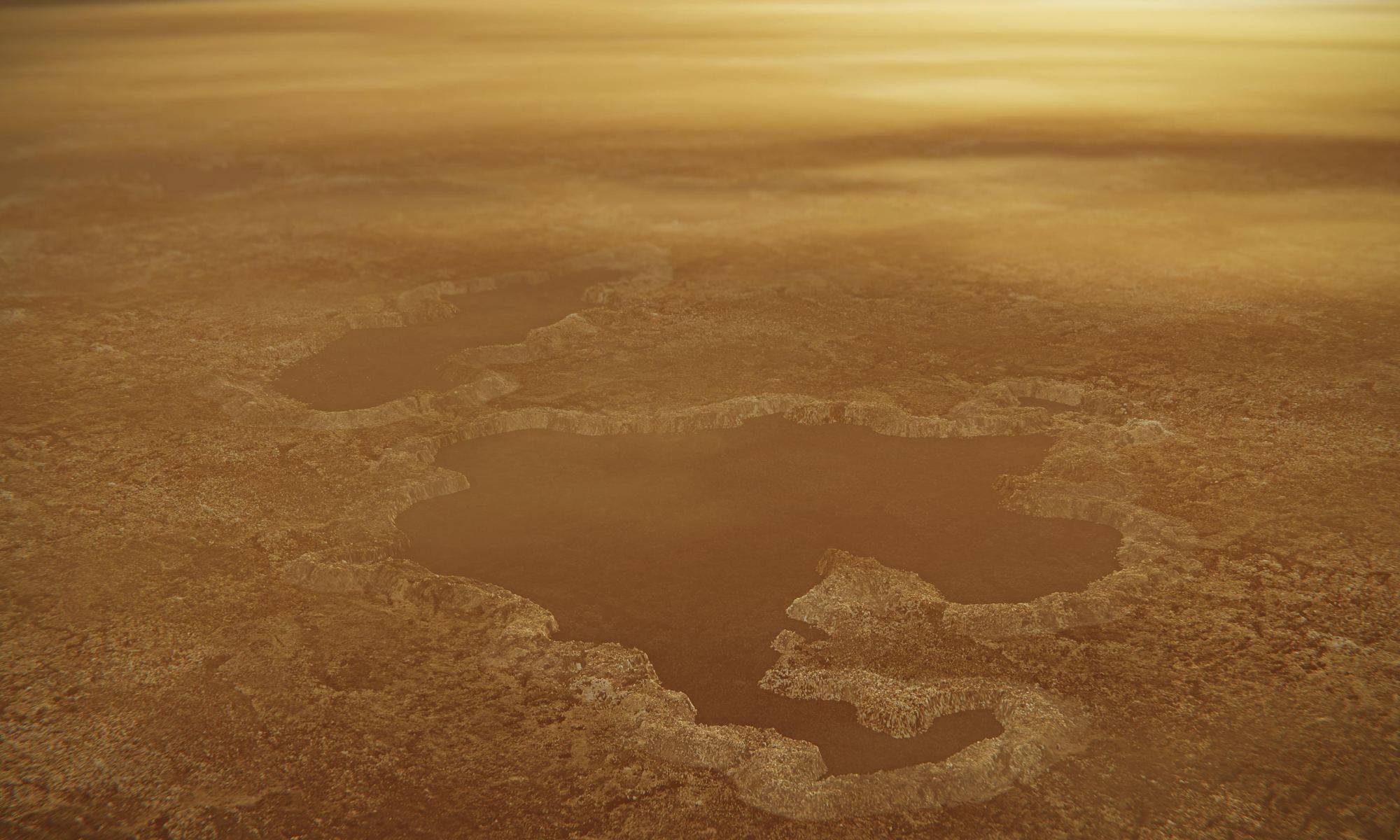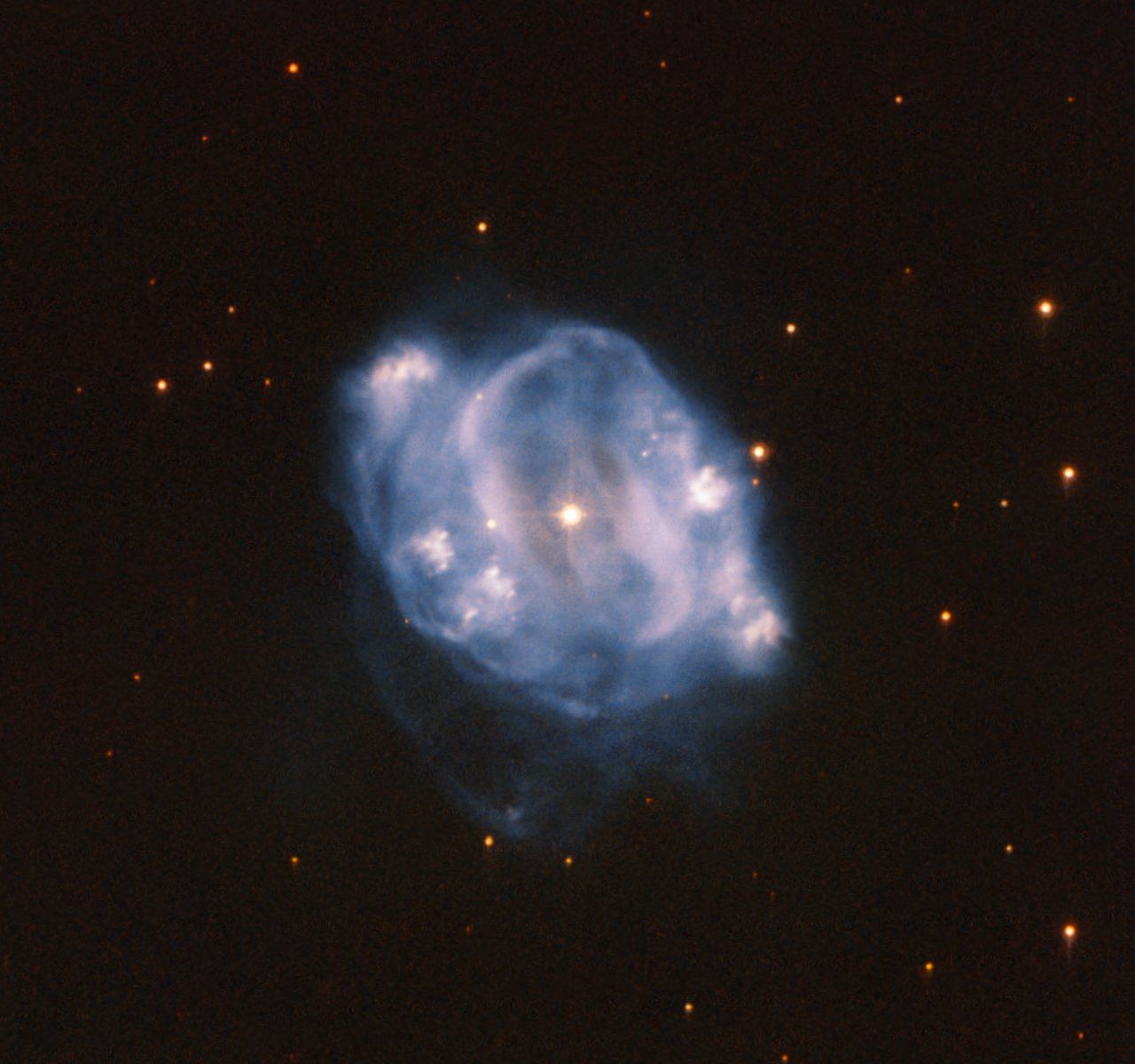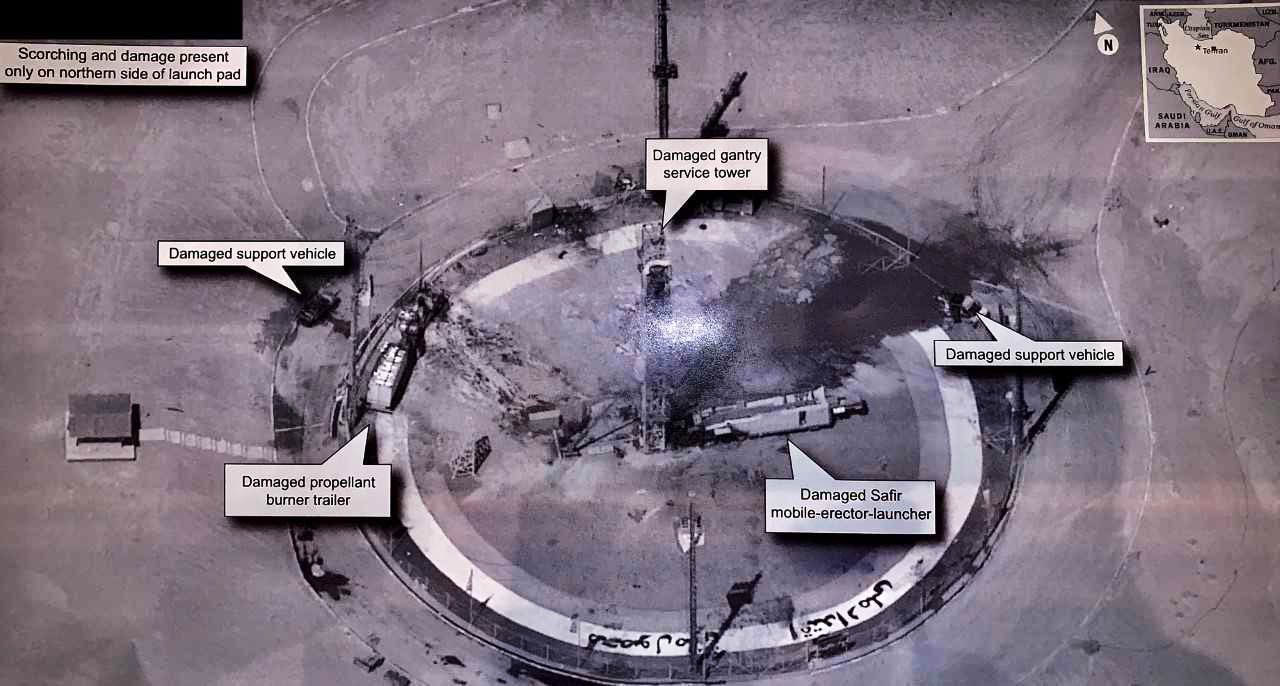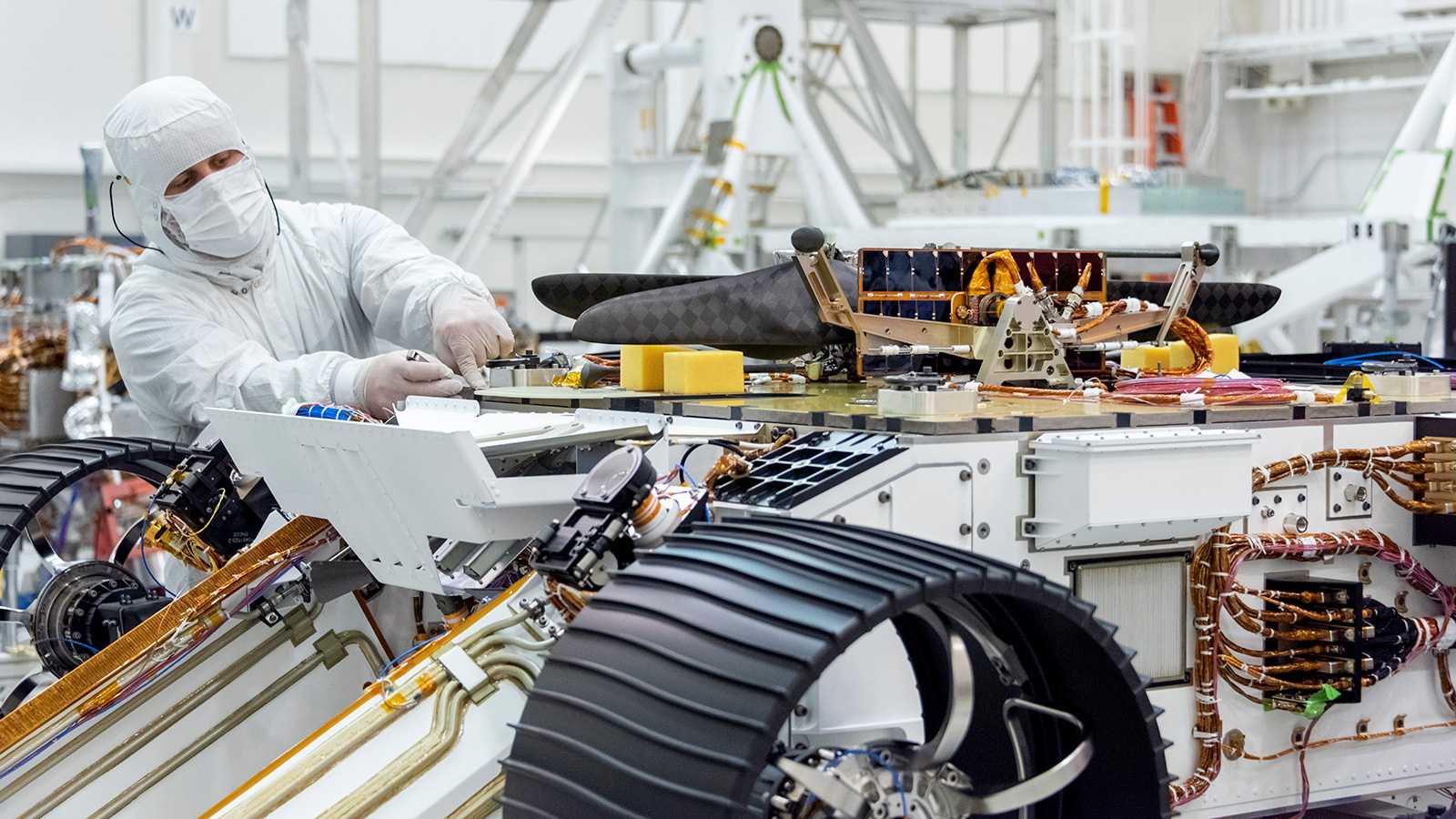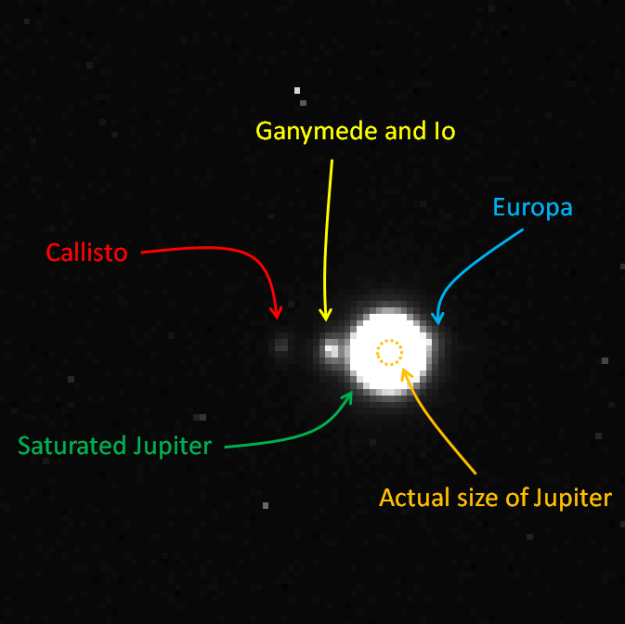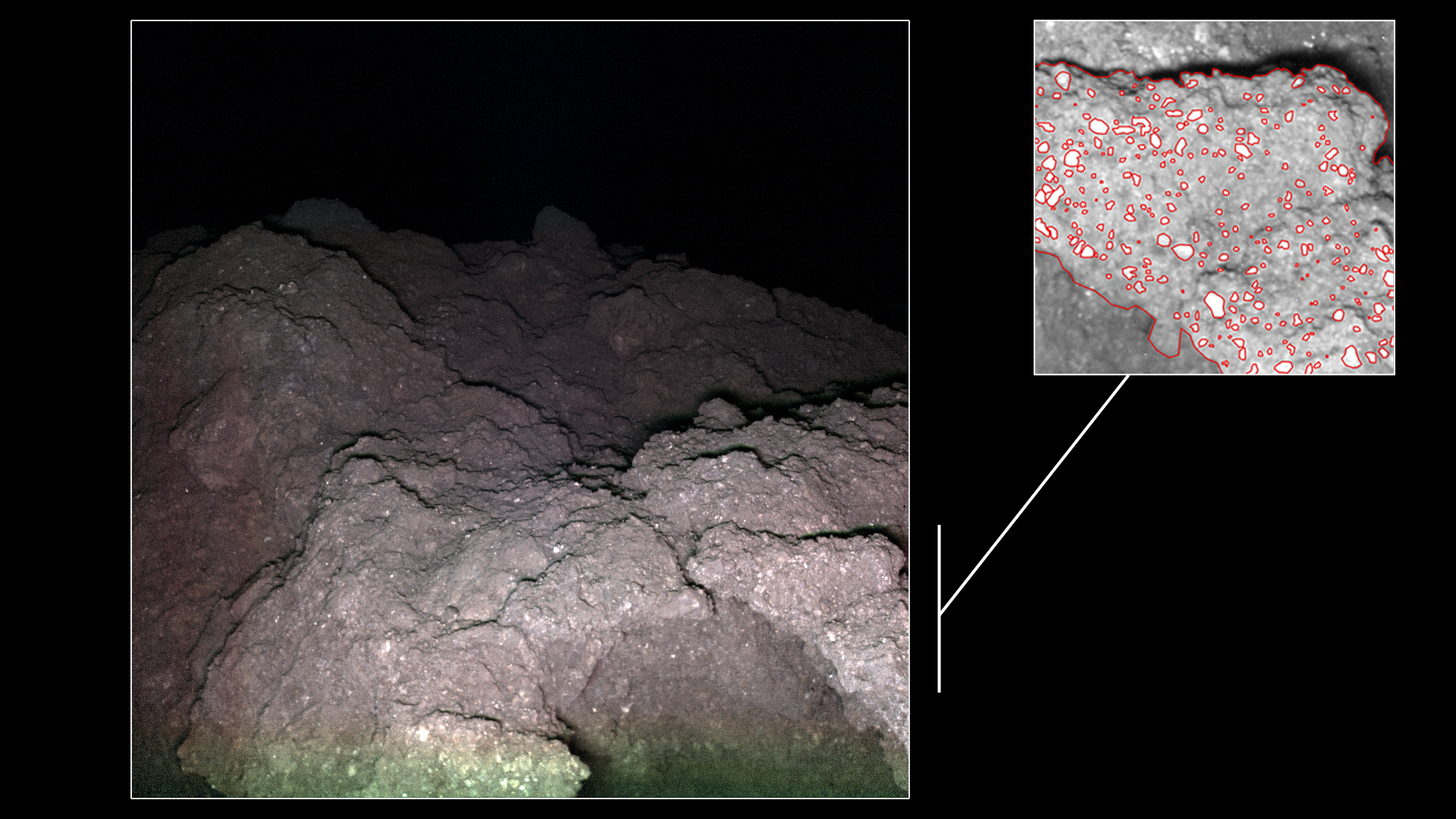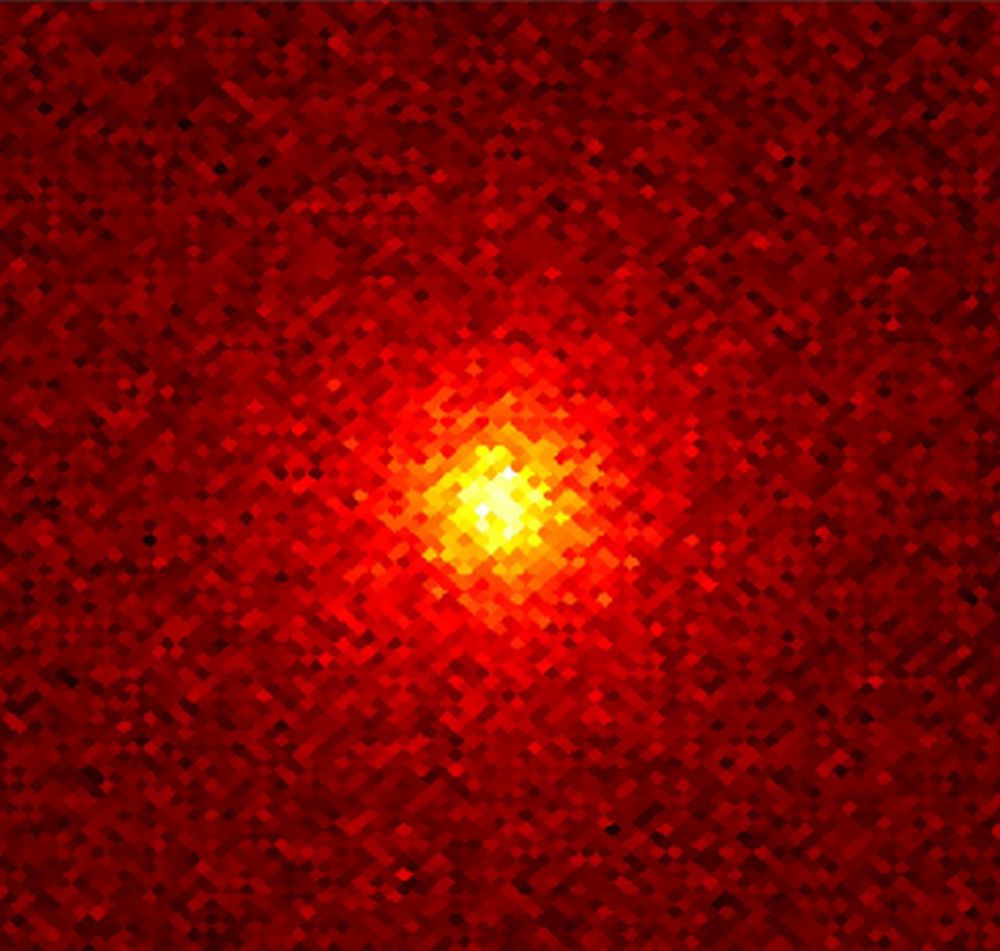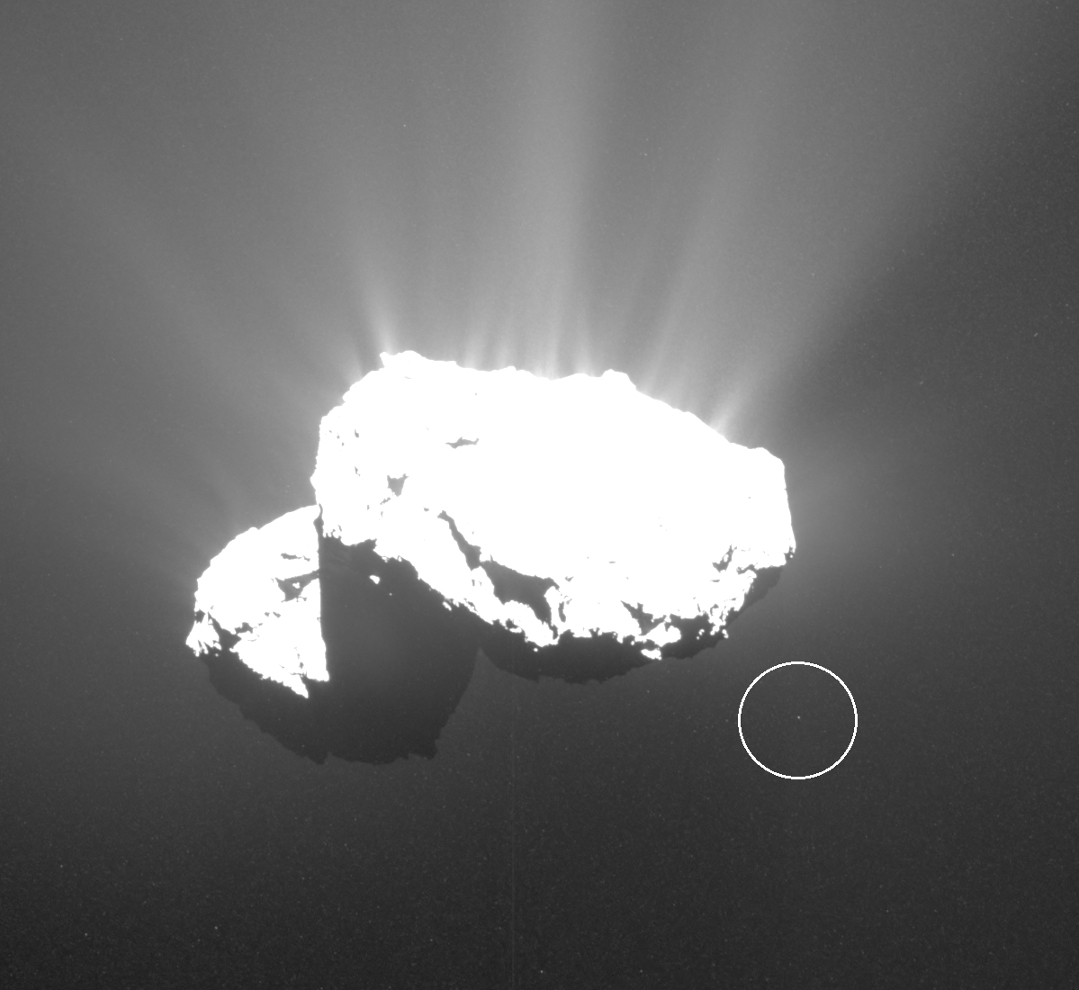The Cassini spacecraft ended its mission to Saturn and its moons two years ago when it was sent plunging into Saturn to be destroyed. But after two years, scientists are still studying the data from the Cassini mission. A new paper based on Cassini data proposes a new explanation for how some lakes on Titan may have formed.
Continue reading “Whoa. Lakes on Titan Might be the Craters from Massive Underground Explosions”Whoa. Lakes on Titan Might be the Craters from Massive Underground Explosions
